14/05/2019 to 16/05/2019 - Tana Toraja / Sulawesi / Indonesia
Ebifulumiziddwa: 17.05.2019

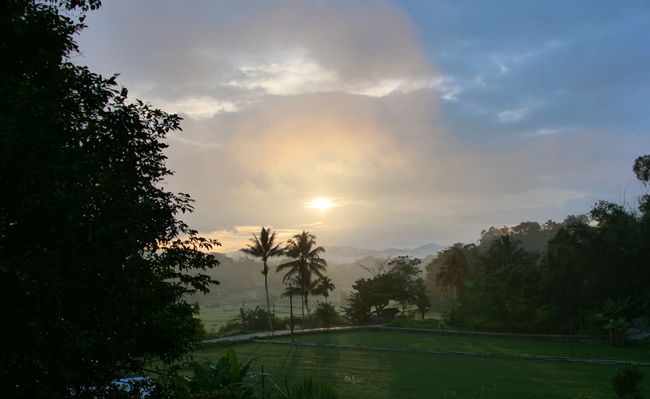

















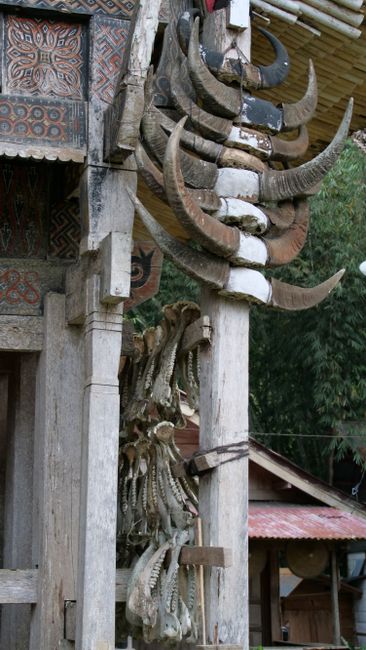

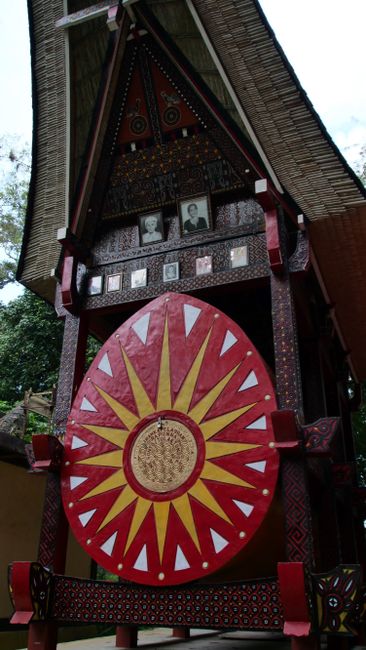











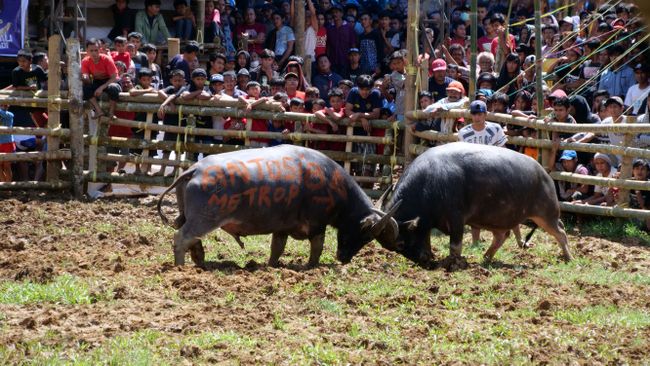


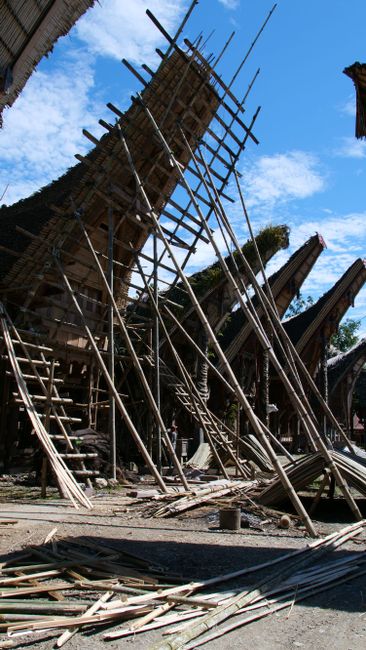










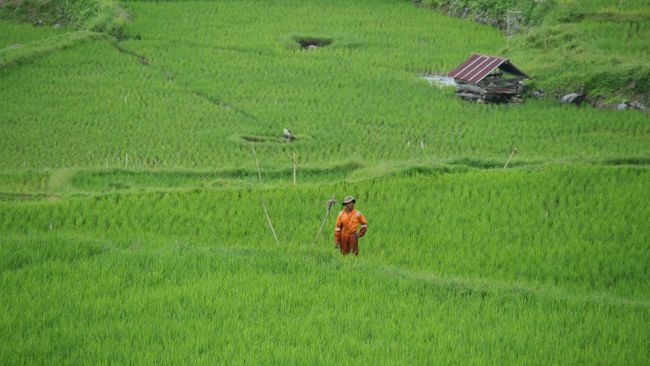


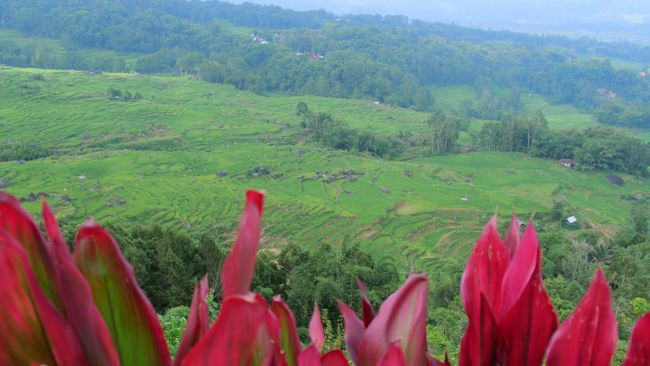


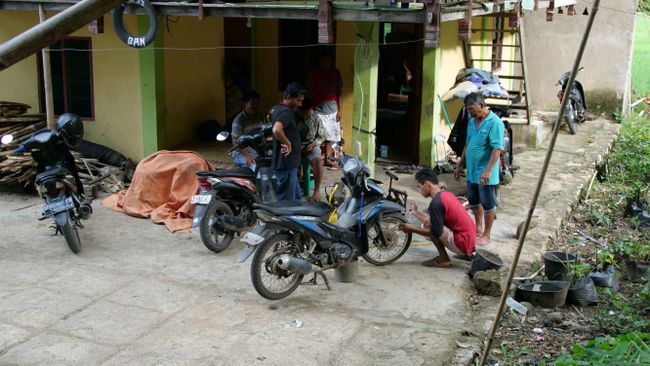
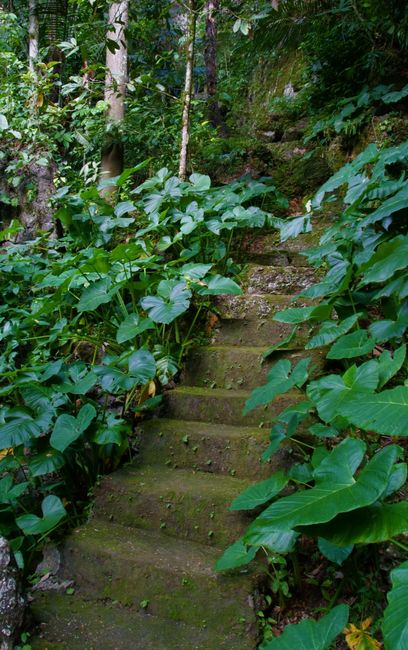








Wewandiise ku lupapula lw'amawulire
The village of Rantepao in the highland region of Tana Toraja is beautifully nestled in lush green rice fields and coffee plantations. But the region is also known for the Toraja ethnic group. The people of this ethnic group live for life after death. They believe that earthly life is a transition and only the afterlife is of importance. Their entire lives are shaped by their inherited beliefs and a unique ancestor cult. After a family member has passed away, the body is embalmed and remains in the family's house until the funeral ceremony is completed, which can sometimes take several years. The funeral ceremony itself lasts for several days, and hundreds of visitors participate in the funeral with dance and music. Depending on the family's status, buffalo fights take place during the ceremony, and dozens of buffaloes and pigs are sacrificed.
14/05/2019
We arrived at our accommodation for the next few days at 6:30 in the morning, enjoyed a cup of tea and a great view of the landscape. We started the day at 9:00. The son, Jansen, from the Home Stay and we each took a scooter and went to the huge buffalo market. Hundreds of animals are sold here based on gender, appearance, and horn size. But not only buffaloes, but also pigs were securely tied to bamboo racks and transported on the scooters. We then continued to a funeral ceremony. As a gift for the family, we brought a pack of cigarettes. We drove through the beautiful landscape with good and not so good roads. When we arrived at the funeral, we were assigned a small place and were greeted by the family. We handed over our gift and were treated with tea, coffee, and pastries. More and more guests and family members arrived. And then the auction of meat from the previously sacrificed buffaloes for a good cause began. We watched the hustle and bustle for some time and said our goodbyes. Our sightseeing tour took us to various burial sites. Starting with the baby graves of Kambira, where newborns are buried in a tree. The custom says that they are nourished by the resin of the tree and continue to grow with it. A very beautiful and comforting thought for those who died too young. We then went to the royal graves of Suaya, where the royal dead were buried in several tombs carved into the rock. We were the only visitors, not many people find their way here. However, we were observed by some tau-taus, which are crafted wooden puppets resembling the deceased. We walked a bit further and reached the burial caves of Tampangallo. Everywhere we saw coffins, numerous tau-taus, and remains of bones. We were also stared at by countless empty eye sockets of the skulls. At the end of this eventful day, we went to the village of Ke'te' Kesu with its traditional Toraja houses, called tongkonans, and the adjacent rice barns. Buffalo horns are attached to the front support beams of the houses, which indicate the social status of the family. When we arrived back at our temporary home, we were greeted with a very delicious dinner. The family from the Home Stay is very kind, they share everything with their guests, and they also know a lot about the culture and traditions of the Torajas.
15/05/2019
We got back on our scooter and drove to the monolith graves of Bori' Kalimbuang. On the ceremonial square, called Rante, there are 102 large and small boulders, each erected for a funeral. Further on the site, we visited the graves, which are located in other huge stones with offerings to the deceased, and a baby grave tree. Then suddenly a Toraja house emerged, which had a total of 203 buffalo horns for decoration.
A few places away, the first of three days of a buffalo fight took place today. We didn't want to miss that. The animals don't fight until death here, as water buffaloes are quite docile. Two buffaloes were sent into the ring at a time. Some had no interest in each other at all and looked for fresh grass, while others didn't want any trouble and ran away from their opponent immediately. We watched this spectacle with fan clubs and thousands of visitors for about 2 hours. Today, we also visited a traditional Toraja village. We even had the opportunity to peek inside one of the houses. It was quite small, but looks very impressive and big from the outside. The exterior walls of the houses are traditionally decorated with carved ornaments in the colors red, black, white, and yellow, expressing social and religious beliefs. In addition, there are buffalo horns on the front of the houses. This indicates how many animals the homeowner has sacrificed in his earthly life.
16/05/2019
In the morning, we went to a neighbor's funeral of Mama Tia's family. Again, we witnessed some ceremonial rituals. But then, it was time for a bit of movement and nature today. We rode our scooter for about an hour through the countryside until we reached the area around Batutumonga. We then walked through small villages, green forests, and rice fields. Passing by bathing buffaloes, school children in uniforms, and people working in the fields. When we reached the highest point of the village, we enjoyed a typical local lunch and a magnificent view of the beautiful landscape. On the way back to Rantepao, we had to make a short stop at a workshop because one of the scooters had a flat tire. After the short break, we visited the most impressive cave during our visit to the land of the Torajas. Erong Lombok Parinding. We climbed mossy steps to the cave entrance. We were greeted by several skulls already at the entrance. Thousands of dead rest in this burial site, some for over 700 years. Almost all of the coffins of the originally hanging tombs have fallen down. Thus, the elaborately carved wooden coffins provided a good insight into the family's remains. The last rays of the day added a special atmosphere to this enchanted resting place of the dead.
Almost everywhere, we had to pay a small fee as an admission and immortalized ourselves in a visitor's book with the date. We were the only visitors in many places for a long time.
Here, people spend months building bamboo structures in which visitors of the funeral are received and treated. However, the structures and wood are not reused afterwards. Sometimes, huge posters are printed, showing the deceased. During the ceremony, women, men, and children are dressed in black and red. Sometimes, people save for years, and the scale of this celebration can mean financial ruin for some. It's crazy, but at the same time, incredibly impressive how people's lives are influenced by death.
Wewandiise ku lupapula lw'amawulire
Okuddamu (1)
Ute
Na da habt ihr ja genügend Tote gesehen und Zeremonielle
Lipoota z'entambula Indonesia

